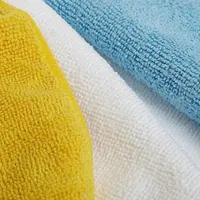Allergies? 9 tips to pollen-proof your home this spring
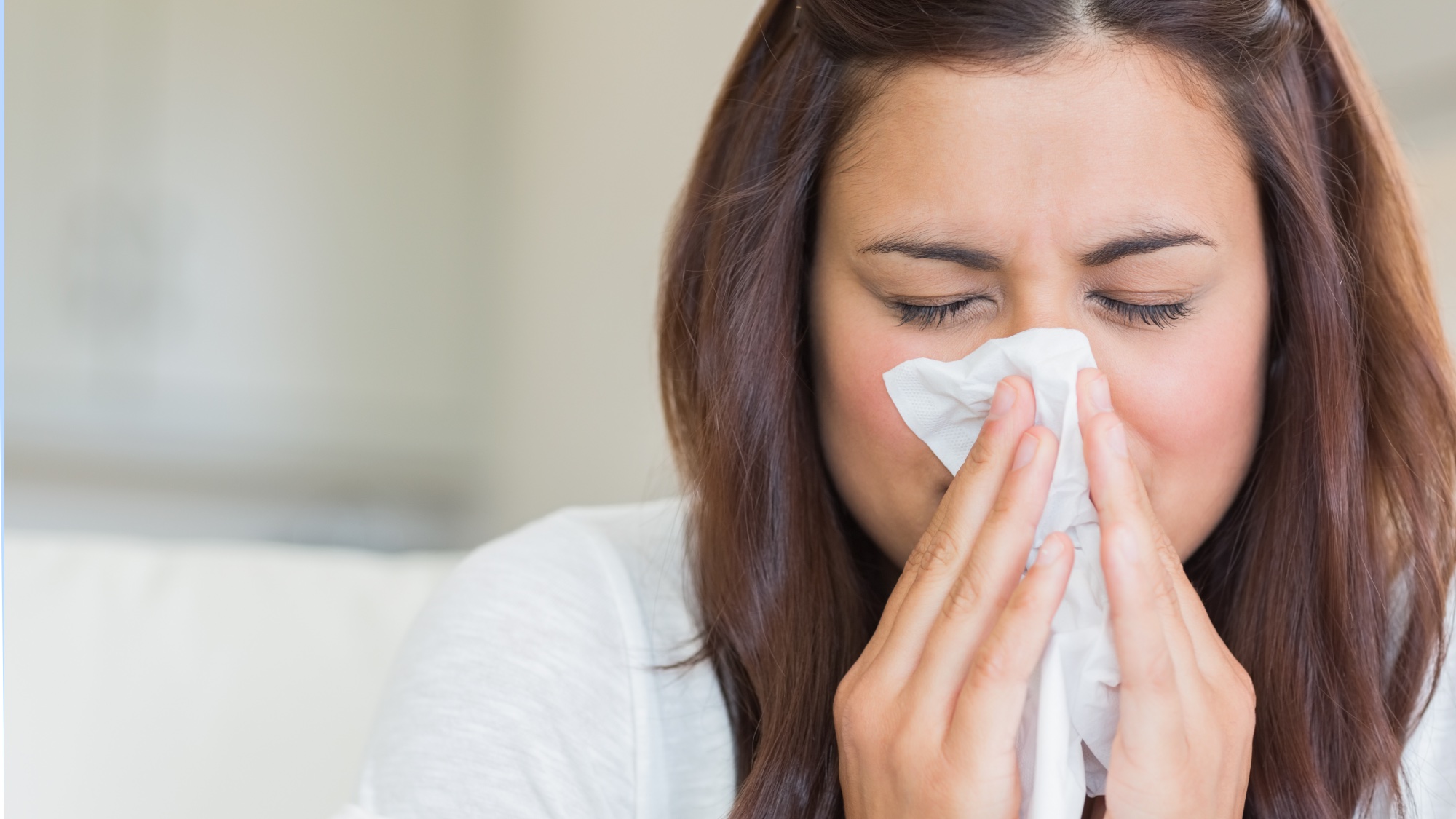
With the onset of spring, many of us eagerly anticipate spending more time outside and enjoying the finer weather. However, instead of checking the forecast to find out the day’s temperature, allergy sufferers will focus on the pollen count.
Besides being affected by pollen when outside, allergy sufferers will also have to endure their symptoms inside, as pollen can infiltrate your home, sticking to surfaces and wafting indoors through doorways, windows, clothing, and even pet fur. Even if you invest in the best air purifier to try and remove these allergens from the air, it's also worth knowing how to limit their presence in the first place.
Despite pollen’s small size, the airborne particles trigger sneezing, nasal congestion, and overall discomfort, which has a major impact on hay fever sufferers’ waking and sleeping lives. And according to the Asthma & Allergy Foundation of America, 100 million people in the U.S. live with various types of allergies every year, with many of them having seasonal allergies.
To help allergy sufferers the organisation produces a yearly report on the top Allergy Capitals, to help people understand the challenge of living with seasonal allergies.
What is pollen?
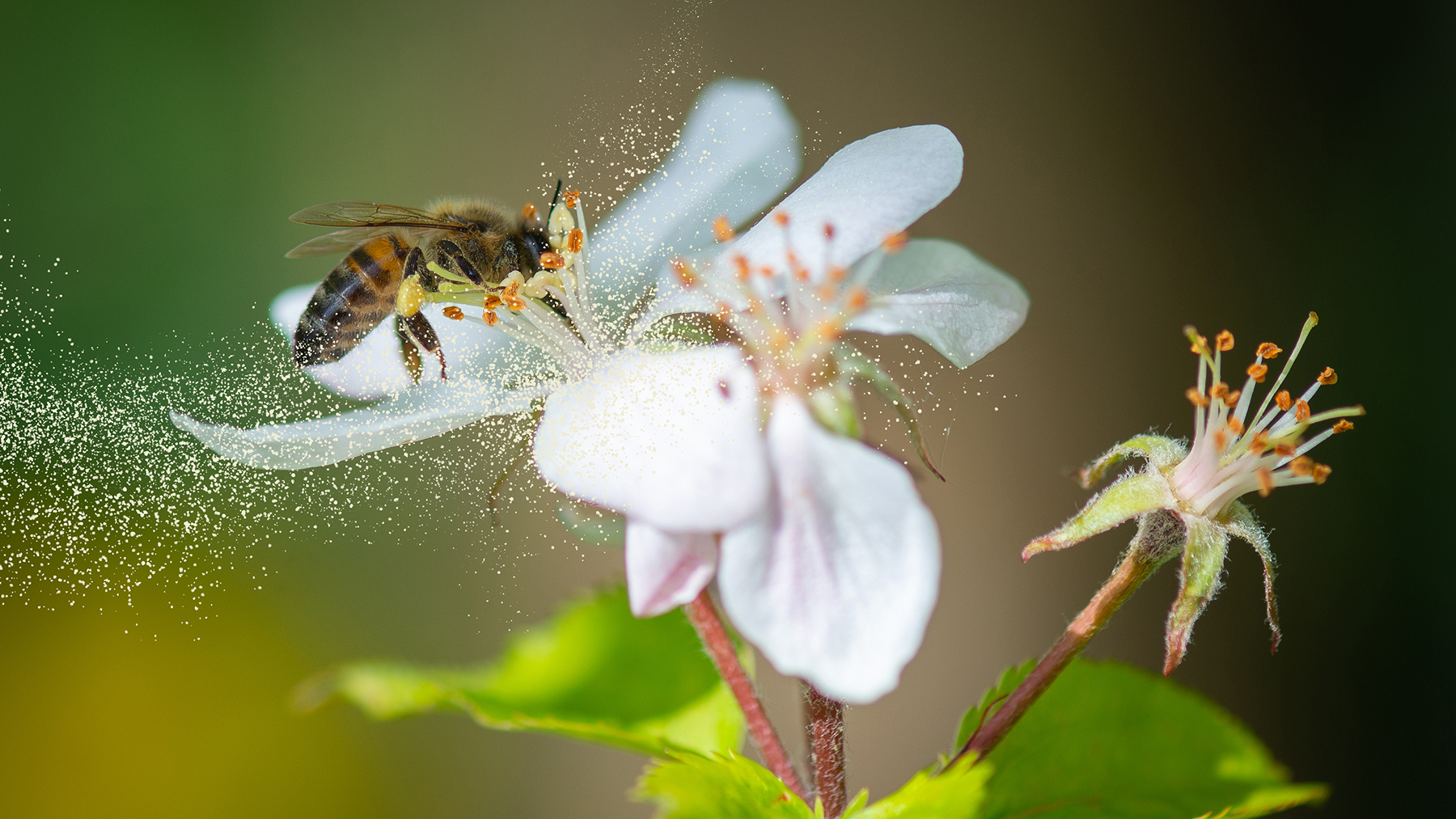
Pollen is a powder produced by plants that is carried by the wind and is found in flowering plants, grasses and trees. There tends to be a higher concentration of pollen in spring and fall.
If you have a pollen allergy your body identifies it as harmful and overreacts with its immune system, causing a runny nose, stuffy nose, watery eyes, sneezing and itching around your eyes, nose, mouth or throat. It can also aggravate asthma.
Here we reveal 9 easy ways to protect your home from pollen this season, so you can look forward to embracing the year ahead.
Get instant access to breaking news, the hottest reviews, great deals and helpful tips.
1. Keep your windows and door closed during peak pollen times
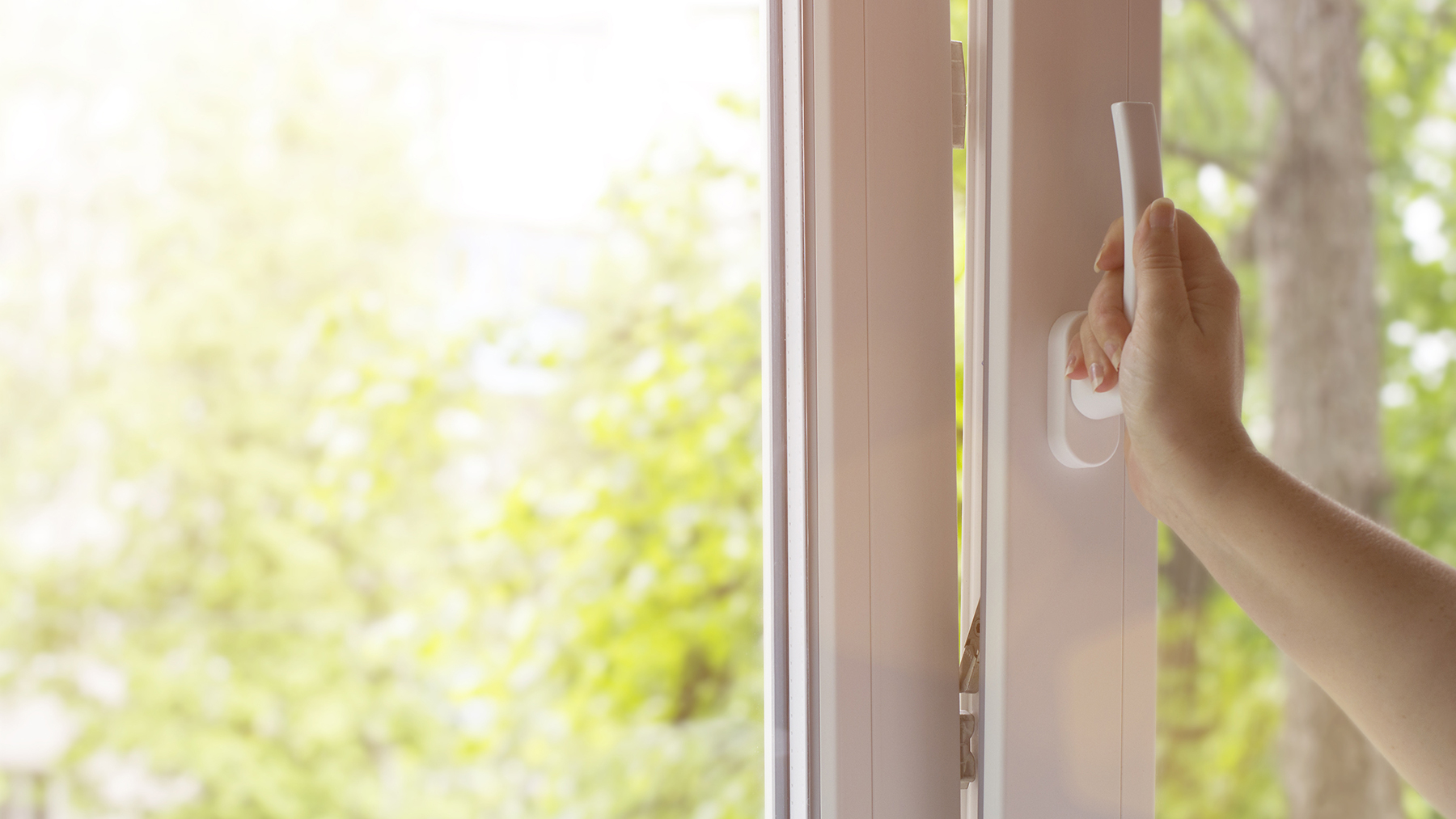
When the temperature rises outside, it’s tempting to open your windows and let the fresh air in. However, pollen will see this as an open invitation, wafting in and worsening symptoms.
If you’re after a good night’s sleep, Molly Freshwater, co-founder of the Secret Linen Store, recommends keeping your windows closed in the morning, early evening, and on windy days. Also, keep an eye on your local pollen count and avoid opening your doors and windows when the pollen count is high.
2. Dry your bed linen inside
Drying your washing outside is one of the perks of warmer, dryer days, but for hay fever sufferers, it could cause symptoms to erupt at night.
“There is typically more pollen in the air on warm, dry days, and unfortunately, this is usually the best time for drying your bedding outside, “ says Freshwater. “It is easy for pollen to stick to your sheets, which can increase hay fever symptoms and cause sleepless nights.”
3. Invest in silk pillowcases
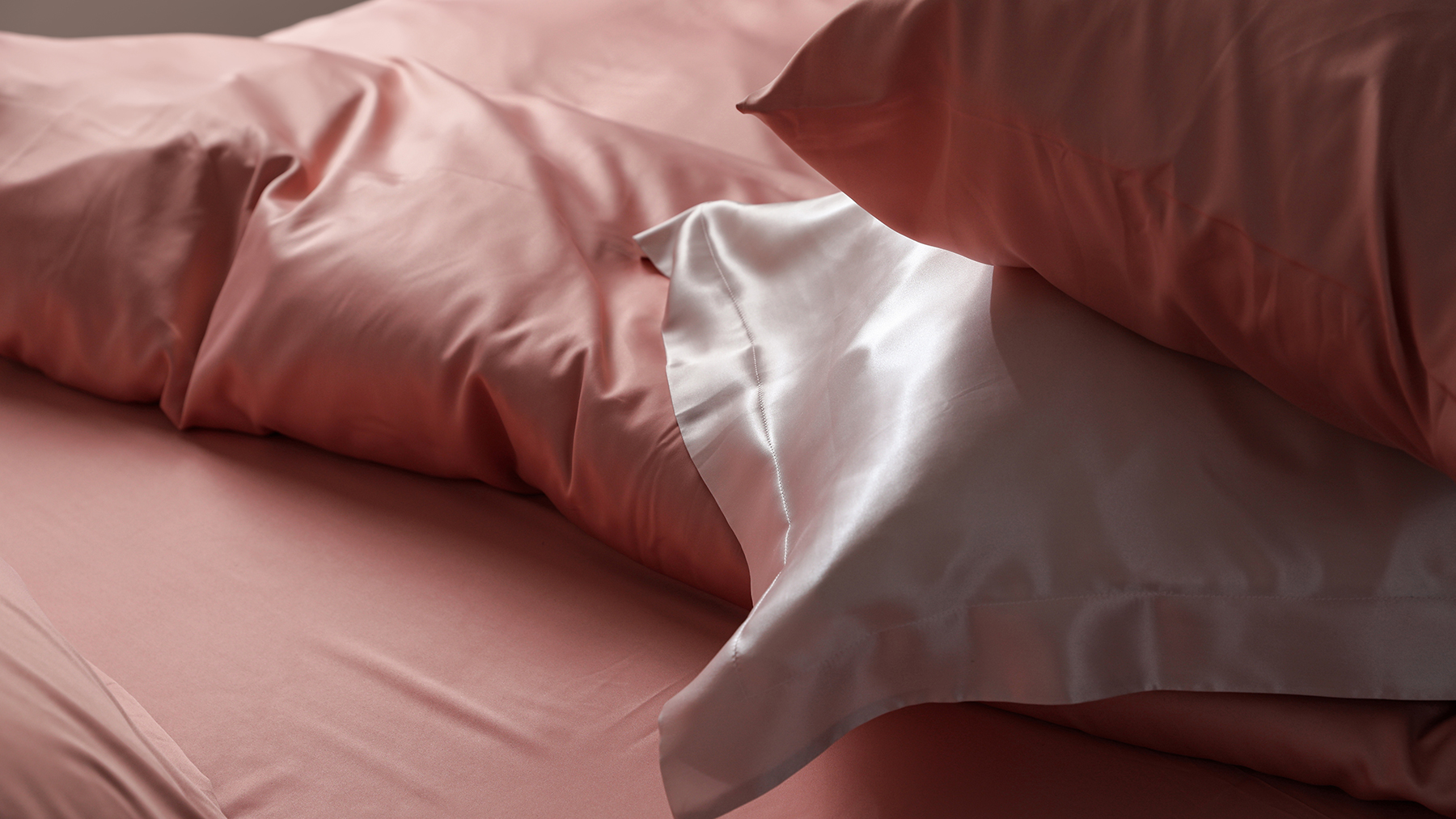
For those desperately seeking a good night’s sleep during the allergy season, it’s worth investing in the best pillowcase to keep allergies at bay, as it is one place where pollen likes to stick.
A tightly woven fabric, such as silk or cotton, will create an inhospitable environment for allergens, including dust mites. A Mulberry silk pillowcase ($34 at Amazon) will also add a touch of luxury to your sleeping zone.
Apart from investing in bedding, it’s also worth considering how to choose the best mattress to reduce your triggers.
4. Keep pets extra clean
Our furry friends love to share and bring all sorts of allergens into our homes. “In the same way that pollen can cling to your bed linen and clothing, it can also cling to pets’ fur,” says Freshwater. “Once your pet comes in from being outside, ensure you give them a brush down and wipe their paws, especially if you allow them in your bedroom and on your bed.”
Also, bathe your pets more frequently than usual and ensure their bedding is washed. Plus, keep on top of vacuuming your home to remove dust and pollen particles that they’ve brought inside. Investing in one of the best vacuum cleaners with special pet hair attachments will also help you keep on top of the allergens.
5. Declutter regularly

We love the word ‘declutter’ here at Tom’s Guide, as we know that regularly tidying your home will help you keep it cleaner and on top of allergens. So, don’t just stick to decluttering your home as part of your annual Spring clean; embrace it throughout the year.
According to Next, regularly decluttering the home helps remove items that can build up dust and dirt, meaning allergens will struggle to stick around with little to attach themselves to. It also recommends dusting with a damp cloth, as dry dusting can often cause dust to spread into the air.
Amazon Basic Microfiber Cleaning Clothes, 24-pack: $13 @ Amazon
These non-abrasive, reusable and washable clothes are ideal for all household chores. They can be dampened and used to wipe household surfaces, trapping dirt, grime and other particles. Each cloth measure 16 x 12 inches.
6. Avoid some houseplants and cut flowers
Houseplants have grown in popularity over recent years and bring a touch of nature inside, but there are some indoor plants to avoid if you have allergies. Next warns to avoid orchids, Stephanotis and spider plants, all flowering plants that worsen hay fever due to pollen production. While if you prefer flowers over plants, Baby’s breath, also known as gypsophila, is worth avoiding, along with gerbera daisies, chrysanthemums and sunflowers.
However, you don’t need to miss out on the aesthetic of having flowers and houseplants in your home, as plenty of companies specialize in faux products. Ashlee Jane, founder and creative director at The Suffolk Nest, says, “Going faux with your floral displays is the best option if you suffer from pollen-related allergies such as hay fever. They’re also pet friendly too!”
So, if you’re still keen to enjoy indoor blooms, you could opt for a faux orchid in a vase ($30 at Home Depot) or a weeping fig in a rattan basket ($79 at Lowes).
7. Use an air purifier
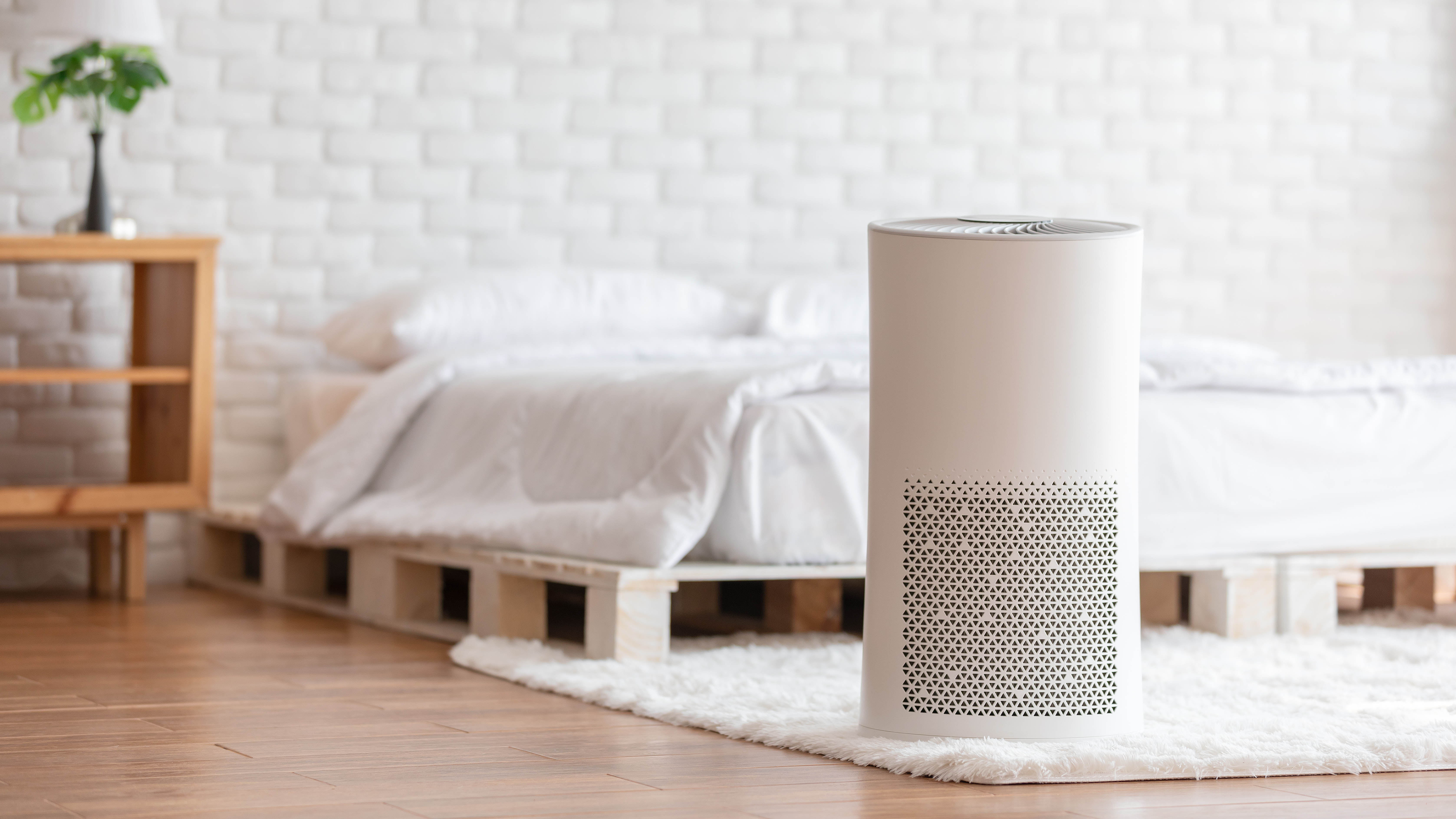
Investing in an air purifier will help you battle pollen and other allergens. But how do air purifiers work? An air purifier improves indoor air quality by drawing in air and passing it through a series of filters. These filters collect pollutants before circulating the purified air back into your home.
When buying an air purifier, it’s worth knowing how the filters work to get the best product for what you need. A product with two filters — a pre-filter and an HEPA filter — is best. A pre-filter will remove pet fur, human hair, and large particles before the air passes through the main HEPA filter. A HEPA must meet certain efficiency standards and should, in theory, remove 99.97% of dust, pollen, mold, bacteria and any airborne particles with a size of 0.3 microns.
If you already have an air purifier and feel it is underperforming, it might be worth checking to see if your filters need cleaning or replacing — Universal Air Filter recommends doing so every 90 days.
8. Vacuum carpets and steam clean hard floors regularly
During the pollen season, particularly when the pollen count is high, it’s worth cleaning your floors more regularly than usual. Choose a vacuum with a true HEPA filter designed to trap 99.97% of all particles 0.3 microns or larger in size. If you have a bagless vacuum, carefully empty the contents into an outside bin after each use to prevent the allergens from becoming airborne again in your home.
A steam mop, like Shark’s Steam Pocket Mop ($69 at Amazon), is a good option when cleaning hard floors.
9. Remove your shoes
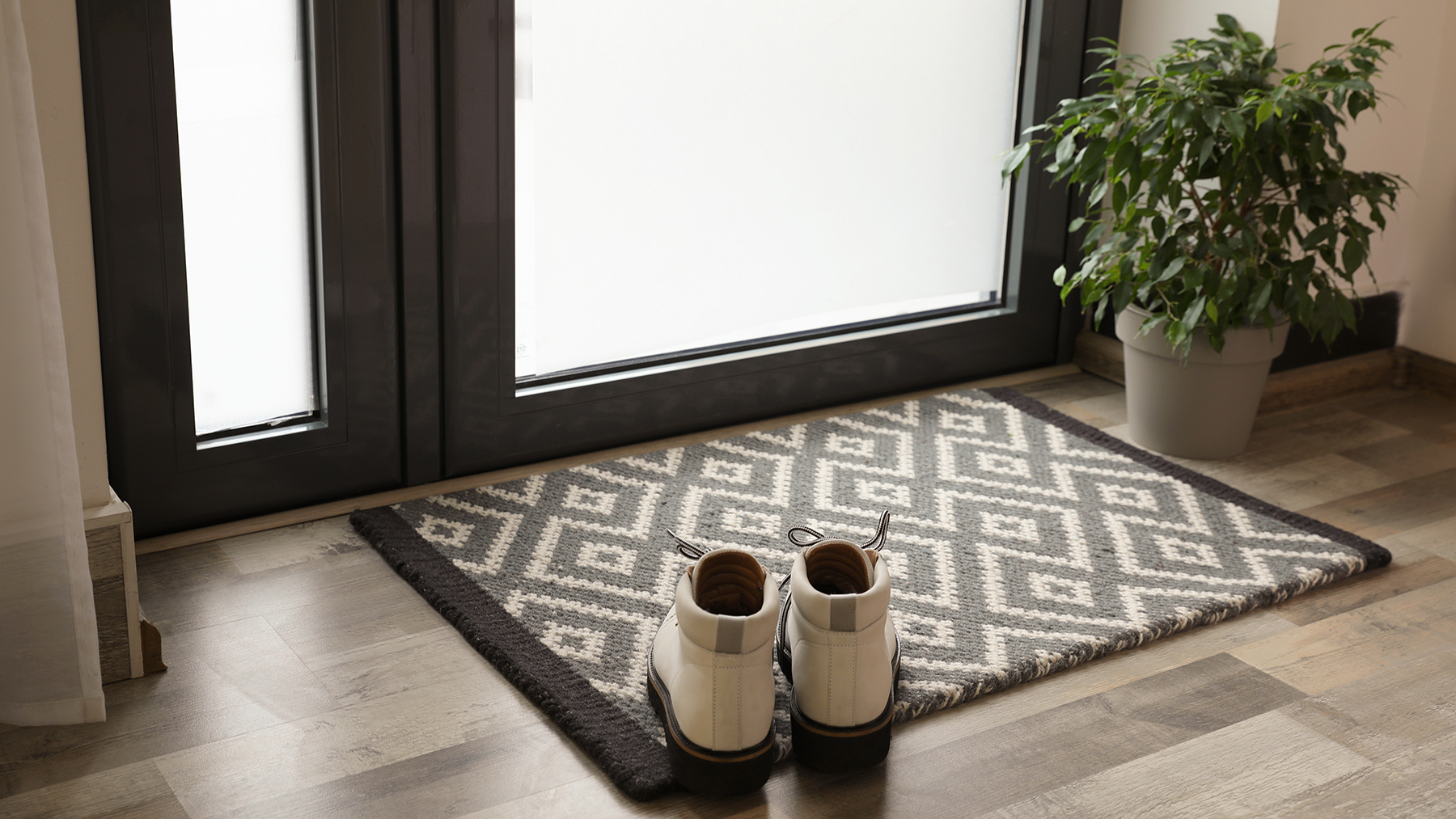
To avoid pollen being trampled throughout your house, place a door mat at each entryway, wipe your shoes clean before entering, and then leave your shoes in the garage or the hallway before entering the main living space.
This simple step will capture pollen before it makes its way into your home. It’s also a good habit to continue, as it will keep your floors cleaner. This diamond-patterned indoor doormat ($33 at Home Depot) is attractive and washable, making it a practical choice.
More from Tom's Guide

Camilla is the Homes Staff Writer and covers everything to do with homes and gardens. She has a wealth of editorial experience, mounting over 30 years, and covers news and features, tests products for reviews and compiles buying guides.
Her work has appeared in business and consumer titles, including Ideal Home, Real Homes, House Beautiful, Homebuilding & Renovation, and Kitchen & Bathroom Business. She’s even appeared on the cover of Your Home, writing about her own house renovation.
Although she’s obsessed with decorating her home, she also enjoys baking and trying out the latest kitchen appliances. But when she’s not inside, you’ll find her pottering about in her yard, tending to her vegetable patch or taking in her prized hydrangeas.
